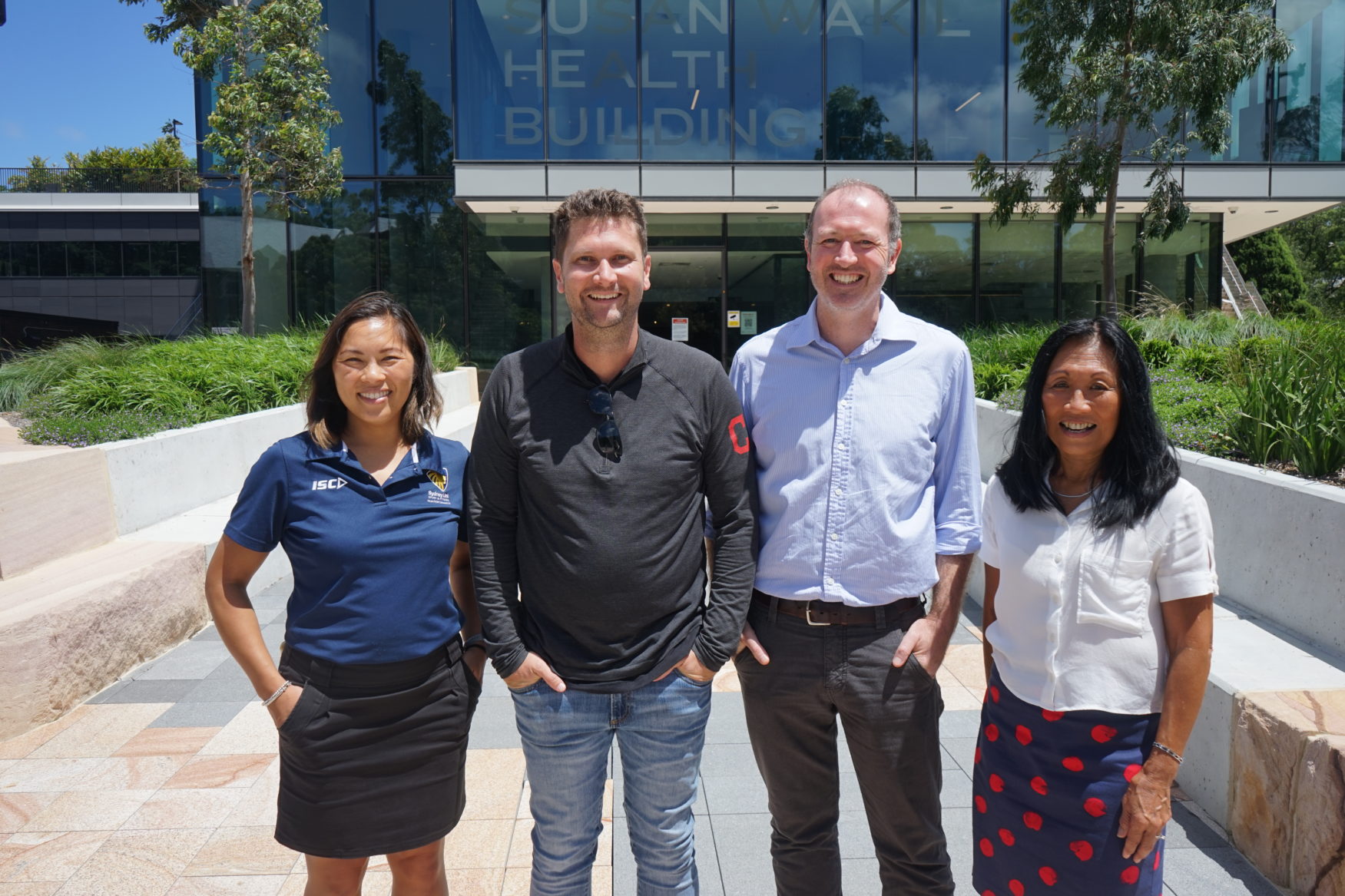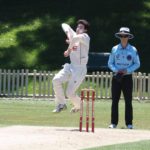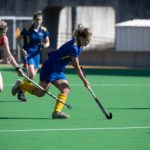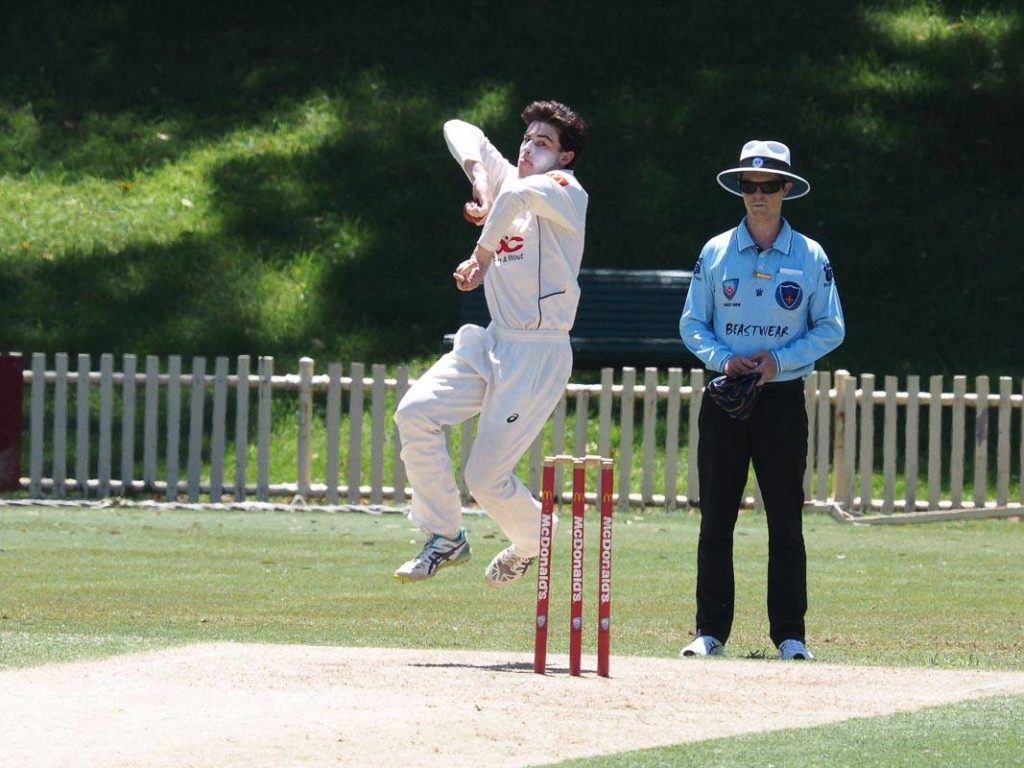The University of Sydney is home to some of the world’s best researchers and most promising students. Their influence is felt not only in the classroom and across campus, but globally, with the University’s research efforts ranked second for impact in the Times Higher Education Impact Rankings in 2020.
Over the years, these great minds have worked closely with Sydney Uni Sport & Fitness (SUSF) athletes and staff on countless projects, always with the goal of strengthening the relationship. Now, in 2021, with the new Susan Wakil Health Building operating on Camperdown Campus, the alliance is set to grow further.
We explore some of the highlights and people at the nexus of this invaluable work.
“Sport is part of the fabric of Sydney University. Not only do Australia’s best athletes develop here, but it’s also where the brightest minds in sport learn and practise. With the Susan Wakil Health Building now next door, the collaborative impact of the University of Sydney and Sydney Uni Sport & Fitness on the sporting landscape will be amplified. If you want to play sport, study sport, and work in sport; Sydney University is the place to be.” – Leonie Lum, Head of Sport (SUSF)
“Building on a successful, 2-year research fellowship with the Cleveland Indians Major League Baseball team, I have a keen interest in performance enhancement and injury prevention research in high-performance settings and specifically in baseball and cricket. Collaboration between the Faculty of Medicine and Health and Sydney Uni Sport & Fitness offers a unique opportunity. We have been able to work together to produce world-leading research, provide real-world experiences for our students while improving performance and injury outcomes for our athletes. With the move to the new Susan Wakil Health Building in February 2021, we will have the opportunity to do all this within a brand new, state-of-the-art building.” – Dr Jonathan Freeston, Senior Lecturer (University of Sydney)
“I have worked in the Discipline of Exercise and Sport Science since 2003 and have had the opportunity to both conduct and see the work of others with SUSF. Many honours and PhD students across physiology and biomechanics domains have successfully gone on to obtain ongoing employment with national and international sport organisations and our established network of undergraduate student placements with SUSF coaches is a commitment we respect and deeply appreciate. We like to think that has helped the odd athlete or two as well. As exciting as our past achievements have been, it is the potential on offer as we move to Camperdown Campus that is truly exciting.” – Associate Professor Kieron Rooney, Head of Discipline in Exercise and Sport Science (University of Sydney)
“The benefits of collaboration between SUSF and the Faculty of Medicine & Health/School of Health Sciences has been the development of a close interaction between the two organisations, exposure to each other’s core business and to partner in applications for research funds. USYD has access to coaches’ and S&C expertise as well as the sportspeople, often at elite levels, to recruit for research projects and embed higher degree research students with clubs/teams. SUSF has benefited from being able to use research equipment to quantify training and game workloads, to utilise evidence-based findings from the studies, and to have a student(s) work closely with a team. The collaboration also enhances athletes’ exposure to research and opportunities to enrol in a PhD or Masters research degree.” – Associate Professor Rhonda Orr, Director of Movement Sciences (University of Sydney)
Past Projects
INJURY PATTERNS, PHYSIOLOGICAL PROFILE, AND PERFORMANCE IN UNIVERSITY RUGBY UNION
- Contributors: Shane Ball (SUSF/USYD), Mark Halaki (USYD), Tristan Sharp (SUSF) and Rhonda Orr (USYD)
- Journal: International Journal of Sports Physiology and Performance
- Aims: Investigate the relationships between match injury incidence and training load, and anthropometric and physiological-performance characteristics for different playing positions across a competitive season in U20 university rugby union players.
- Results:
- Backs had lower body mass, skinfold thickness, strength, lower-body power, and higher maximal aerobic capacity compared with forwards
- Forwards sustained more joint/ligament injuries and upperlimb injuries compared with backs
- Increases in overall injury incidence rate were associated with decreased training duration, decreased deadlift strength, and increased bench press strength for backs
“This project provided an insight into the training loads and injuries experienced within the U20 rugby squad. The results of this study helped to develop training programs and implement load monitoring and injury management systems within the club.” – Shane Ball, Strength and Conditioning Coach (SUSF)
STRENGTH AND POWER CORRELATES OF THROWING VELOCITY ON SUB-ELITE MALE CRICKET PLAYERS
- Contributors: Jonathan Freeston (USYD), Thomas Carter (SUSF), Gary Whittaker (SUSF), Owen Nicholls (SUSF) and Kieron Rooney (USYD)
- Journal: Journal of Strength and Conditioning Research
- Aims: To determine the relationship between measures of both strength and/or power and throwing velocity in a group of male cricket players. We hypothesised that throwing velocity would be significantly correlated with both upper and lower body measures of both strength and power.
- Results:
- Physical strength and power were associated with throwing speed in cricket
- Measures of power were more strongly correlated with throwing speed than measures of strength
- This study highlights the importance of physical strength and power among cricket players for fielding performance
“This study was the first to show that physical strength and power were associated with throwing speed in cricket players leading to the development of novel strength and conditioning training programs for these athletes. As the popularity of T20 cricket continues to grow, and the importance of fielding increases, physical strength and power will continue to be important attributes for elite level cricket players.” – Dr Jonathan Freeston
CURRENT PROJECTS
THE PHYSICAL DEMANDS OF PROFESSIONAL FEMALE BASKETBALL MATCH-PLAY
- Contributors: Shane Ball (SUSF), Adriano Arguedas-Soley (SUSF), Sam Pervan (SUSF) and Rhonda Orr (USYD)
- Aims: Document the microsensor derived physical demands of match play in elite professional female basketball players; investigate differences in physical demands across match quarters and positions in elite professional female basketball players.
“This project aimed to quantify the physical demands of WNBL matches using GPS technology integrated with accelerometers that are commonly used in outdoor team sports. This was a novel approach to measuring match demands in the WNBL. The findings of this project will help to determine the match demands across positions and match quarters. We hope the results will assist basketball coaches and strength and conditioning staff plan physical preparation.” – Shane Ball
ELITE FEMALE FIELD HOCKEY PLAYERS’ PERFORMANCE BY POSITIONAL LINES OF PLAY AND THE ASSOCIATION WITH ATHLETE WELLNESS
- Contributors: Matisse Hasler (USYD), Mark Halaki (USYD), Scott Barker (SUSF) and Rhonda Orr (USYD)
- Aims: Explore the effect positional lines of play has on summed team performance and to conduct an examination into the association between wellness and team performance. It is hypothesised that each performance measure will be significantly different between positions and an association between various performance and wellness variables will be accordingly observed.
“I have provided hockey with a number of GPS units in order to obtain a good understanding of the movement demands of the sport. Obtaining weekly wellness scores has allowed the coach to monitor athletes’ health, minimise injuries and prevent overreaching/overtraining. The project examined the performance and wellness of female athletes throughout the pre-season and competition phase of a season. The findings indicate that field hockey performance may be influenced by positional play. Each positional profile displayed differences in physical demands. Defenders were observed to have significantly higher high-speed running distances than both midfielders and forwards. However, neither total wellness scores nor individual wellness variables were associated with performance, likely due to the small sample size.”– Associate Professor Rhonda Orr
“The students have been collecting GPS data and implementing a wellbeing questionnaire pre and post-training/games. The data collected is then carefully analysed after which we can then devise each athletes’ weekly training program to effectively manage their workloads therefore minimising the risk of injury. Since the commencement of the Workload/Injury Management study, we have been able to reduce soft tissue injuries by 20%. Subsequently we have had athletes gaining selection in the Australian Women’s Hockey team, Australian Indoor Hockey team, NSWIS and many NSW State representative teams. I would personally like to thank all involved. We look forward to continued success and building the relationship with Rhonda Orr and Health Science students and faculty.“ – Scott Barker, Director of Hockey (Sydney Uni Hockey Club)



